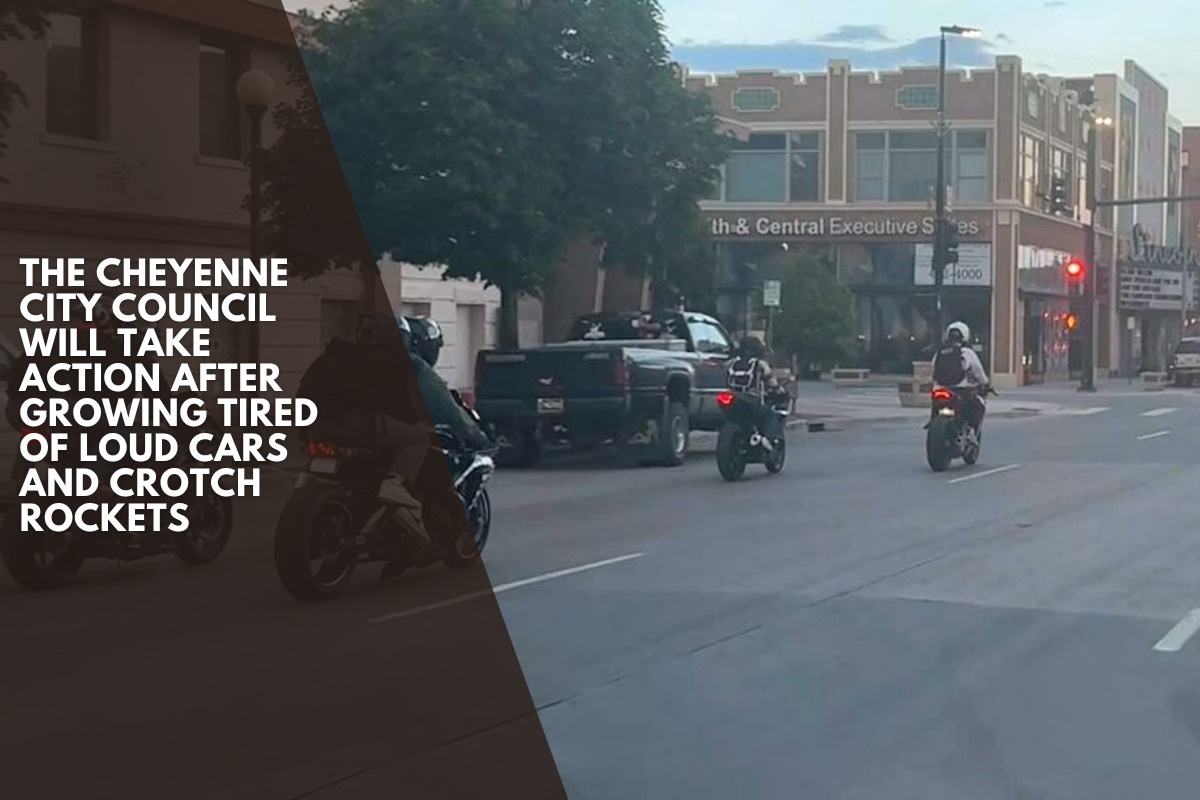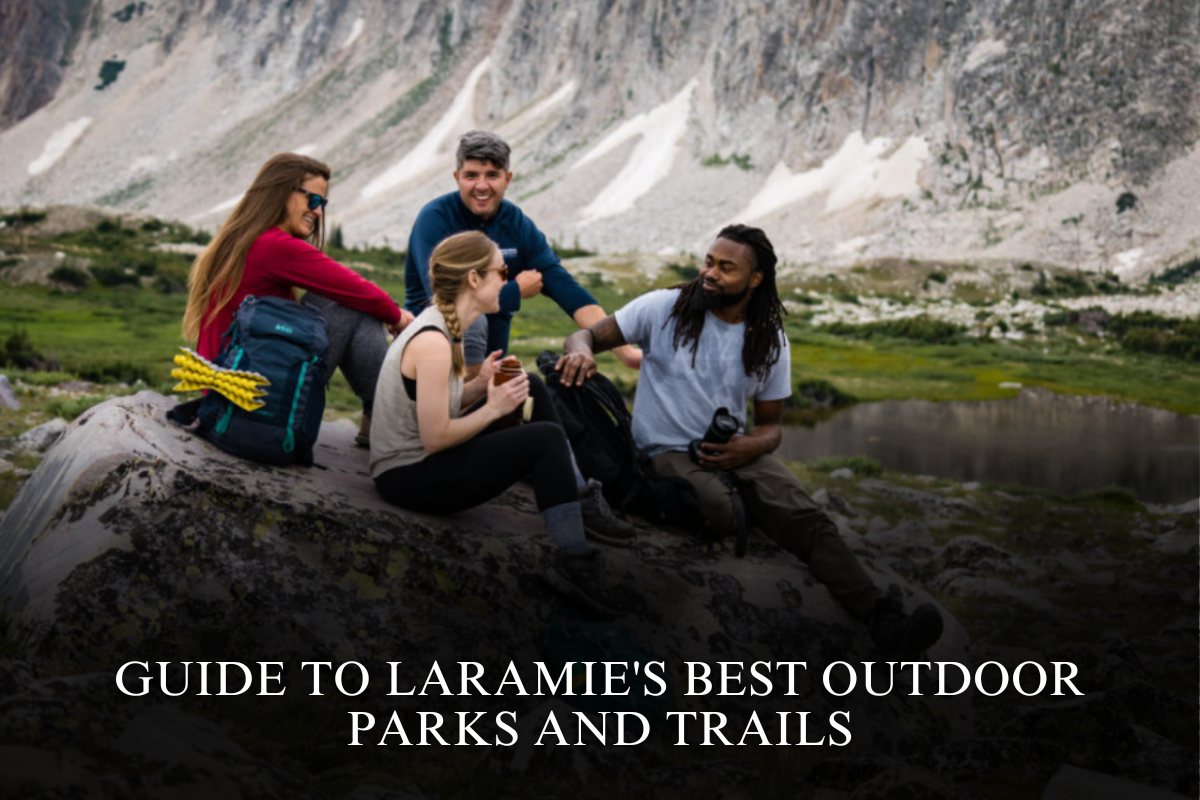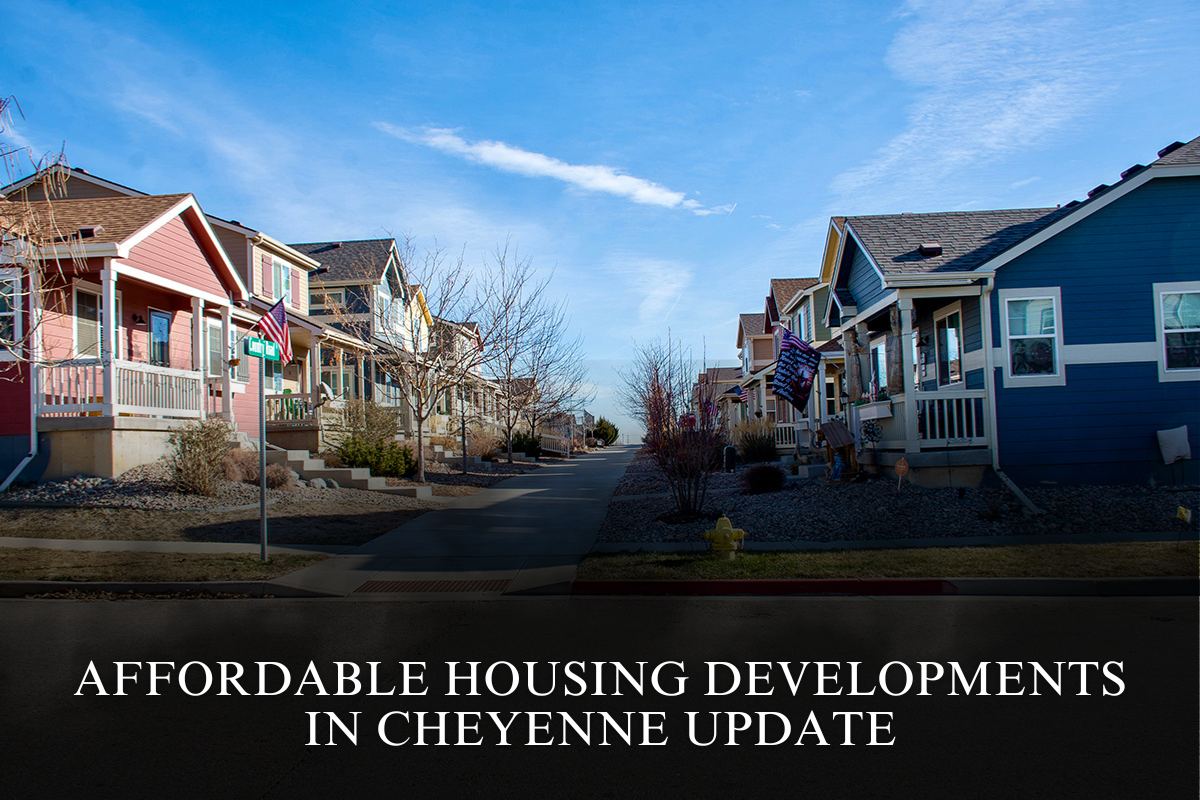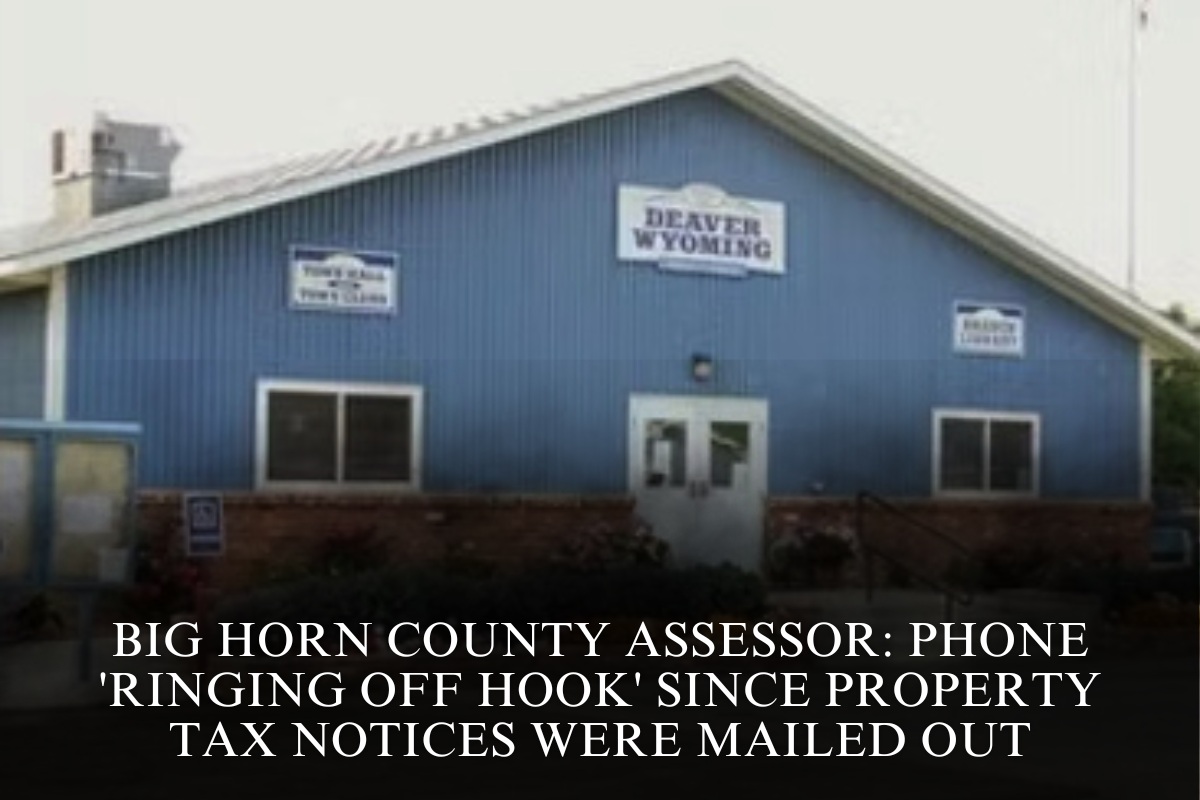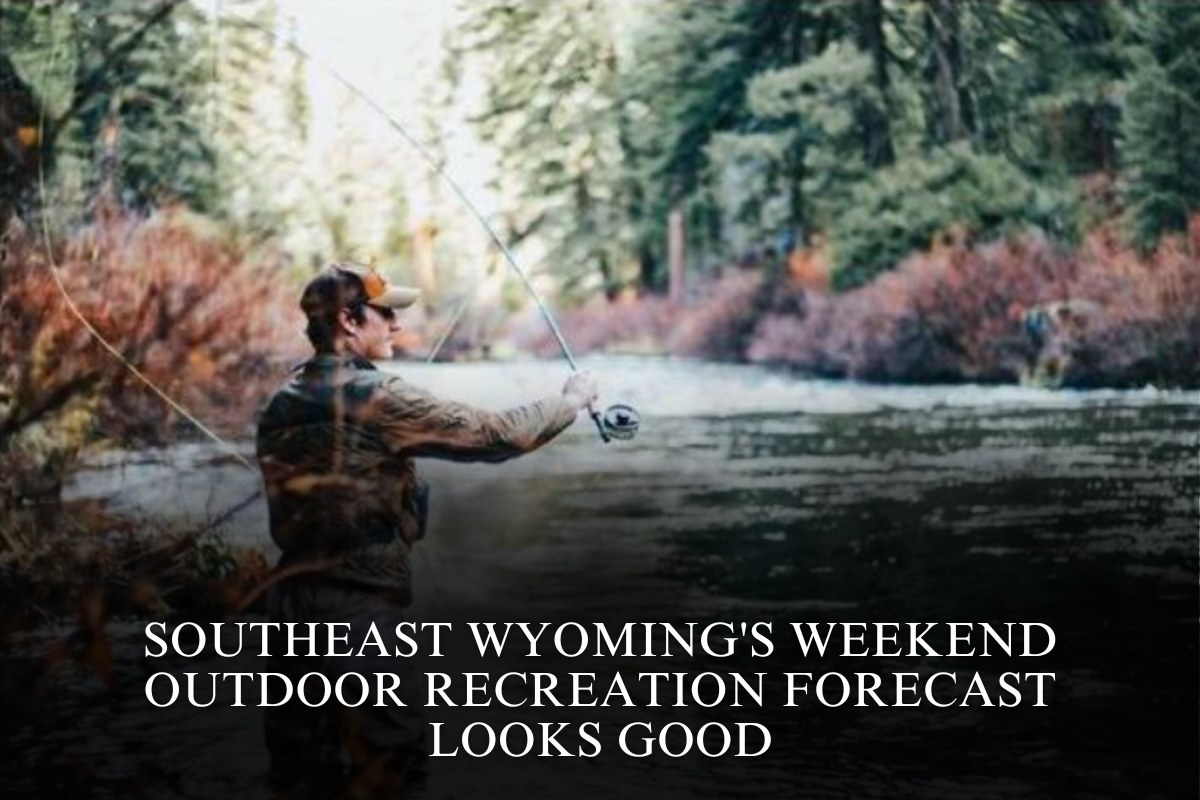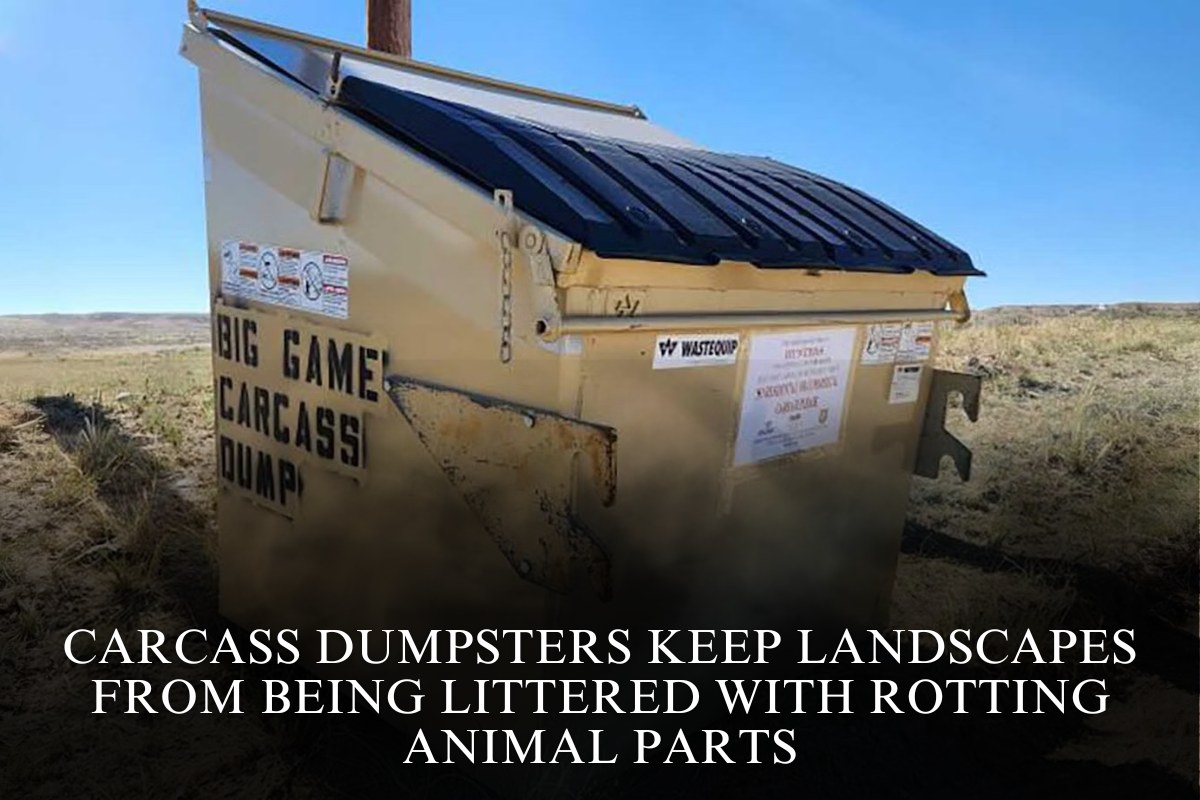The peace rarely lasts long when Cheyenne City Councilman Tom Segrave sits on his front porch in the evenings to relax after a long day.
He describes the noisy motorcycles as “crotch rockets” that race up and down the busy street in front of his house off Yellowstone Road beginning on Thursday nights and continuing through the weekend.
Segrave described the situation from his deck, 200 yards from the road, saying, “You can’t talk to anybody,” instead. “I mean, that’s how loud it is.”
He has witnessed up to a dozen motorcycles yelling past his house at once, their customized exhaust systems drowning out any attempts at dialogue. Even when the windows are closed, the sound frequently wakes him up at three thirty in the morning.
Segrave claimed that he has been trying in vain for four years to increase traffic enforcement on Yellowstone Road and other noisy streets, which become louder as the sun sets.
With a new draft ordinance that incorporates language from Fort Collins, Colorado, the City Council of Cheyenne is now taking action to address the most common complaint from locals: loud cars.
Before a vote, the ordinance is moving forward to a subcommittee with what Segrave described as unanimous support from his fellow council members.
Traditional enforcement is not the only option in the suggested solution.
Cheyenne’s efforts to bring peace and quiet may eventually be aided by a novel “sound-camera” technology created by a professor at the University of New Mexico. This technology is specifically made to record cars making excessive noise.
Loud Gatherings
Cheyenne City Councilman Scott Roybal told Cowboy State Daily excessive vehicle noise ranks as the top challenge of the moment, rivaled only by perennial gripes about potholes.
The issue is not limited to residential streets. The Jack Spiker Parking Garage in downtown, which bears the name of Cheyenne’s former mayor, has turned into a notorious meeting place for motorcyclists, diesel trucks, and modified Subarus.
“They get up there and they get to revving, and it reverberates,” said Roybal. Downtown residents are constantly disturbed by the sound as it reverberates throughout the building.
According to Roybal, the rider was “revving his bike up and something snapped” when the motorcycle struck a concrete wall in June. The event brought to light the continuous chaos that has beset the establishment, which local business owners have called a “nightmare.”
Roybal was recently approached at a grocery store by a resident of the south side of the city’s Dell Range Road neighborhood who was upset about the noise disturbing their sleep “all hours of the night.”
Despite the fact that cars and trucks with modified exhaust systems are constantly speeding up and down city streets, the councilman feels that the worst behavior occurs in the summer. They are sometimes used to “blow coal,” which is slang for pressing the accelerator and releasing viscous streams of diesel exhaust.
Bad Name
Even diehard car enthusiasts in Cheyenne are saying enough is enough with the deafening motor noise.
Phil Haberman, president of the Cheyenne Rods and Custom Car Club, only drives his 2001 Corvette on racetracks because it is so loud.
Haberman told Cowboy State Daily that he supports the city’s efforts to set noise limits.
“People say, ‘Oh, you’re a car guy, so you like loud, fast cars.’ And it is not true. “The vast majority of car enthusiasts are respectful, law-abiding individuals,” Haberman stated.
He understands the allure of loud exhaust systems; as a young man, he installed a “glass pack” muffler on his 1976 Camaro to boost the volume. But he didn’t rumble around town in the middle of the night, waking his neighbors from their sleep.
“Some of the races I go to have sound limits,” Haberman explained. “You must keep your car noise below a certain threshold. They’ve got a monitoring device. As you pass by the device, someone records your decibel.”
The first time a car’s engine exceeds the acceptable decibel level, “you get a talking to, and the second time you’re out,” Haberman stated.
While traditional car clubs hold organized meetings and adhere to established protocols, Haberman explained that younger enthusiasts use social media to coordinate impromptu gatherings at locations such as the downtown parking garage.
“It’s really easy to say, ‘Hey, let’s get together at this point, at this time and then everybody instantly knows where to go,” said Haberman.
Sound Camera Tech
Dr. Nick Ferenchak lived the problem before he revved up his professional chops and tried to solve it.
Ferenchak, an assistant professor of civil engineering at the University of New Mexico, experienced nightly disruptions from loud vehicles on his busy Albuquerque street, waking up “three times every single night.”
“We said, that’s not right,” Ferenchak recalled.
After researching local ordinances and discovering that noise violations were already illegal but rarely enforced, he had an idea: “We’ve got automated speed cameras and automated red-light cameras.” Why not install an automated noise camera?”
Seven years later, Ferenchak’s company, Not-A-Loud, has created sophisticated sound measurement technology that he hopes will transform noise enforcement. The system continuously monitors decibel levels, and when vehicles exceed preset thresholds, it captures both license plate photos and wide-angle video of the violation.
“If the decibel level does not exceed that limit, nothing occurs. But as soon as that decibel threshold is exceeded, we have two cameras,” Ferenchak said. The high-resolution license plate camera can capture plates from vehicles going up to 90 mph.
However, legal barriers have hampered widespread adoption. When asked about potential privacy concerns, Ferenchak acknowledged them. “When you look at automated speed or automated red light, you are simply taking a picture of the vehicle.
“But when we’re looking at noise, you might be able to pick up on people’s conversations or something. So there’s an extra layer of privacy concerns, and I believe that’s what’s holding things up.”
During the pilot programs, the technology captured some memorable violations. Ferenchak’s camera captured the same driver making 90-decibel passes through Santa Fe’s historic plaza area between midnight and 3 a.m. on Christmas morning.
“You’ve got to be kidding,” Ferenchak said about the Christmas morning disturbances.
Contrary to expectations, Ferenchak discovered that motorcycles were not the primary culprits in Santa Fe.
“I expected to see a lot of motorcycles and souped-up sports cars. But, at least in New Mexico—and possibly Wyoming—there are a lot of pickup trucks. “Diesel pickup trucks.”
New York City is the first major municipality to issue citations using similar noise camera technology, and Ferenchak believes the legal precedent will encourage widespread adoption.
His team has spoken with approximately 75 different cities, and he is hopeful that one will soon sign a contract with his company.
Not-A-Loud’s target market extends beyond cities and towns. In fact, the Santa Fe installation was organized by a coalition of hotel owners responding to guest noise complaints.
Graduated Penalties
The proposed ordinance creates specific standards for determining violations and establishes escalating financial consequences for repeat offenders. According to the draft ordinance, “No person shall make, continue to make, or cause any unreasonable noise originating in or from any vehicle.”
The ordinance defines “unreasonable noise” as “any sound, by volume or duration, that is or tends to be injurious to human health or welfare, or which unreasonably interferes with the quiet enjoyment of life or property.”
Peace officers would be empowered to make determinations based on several factors, including “the time of day at which the noise occurs,” “the location where the vehicle is being operated,” and “the operation of a vehicle with equipment improperly installed, removed or otherwise altered so as to produce unreasonable noise.”
The financial penalties escalate significantly for repeat violations. First-time offenders face fines between $100 and $200, while second offenses within 12 months carry penalties of $250 to $300. Third-time offenders within a year face the steepest consequences: fines between $400 and $500, potential jail time up to six months, or both.
